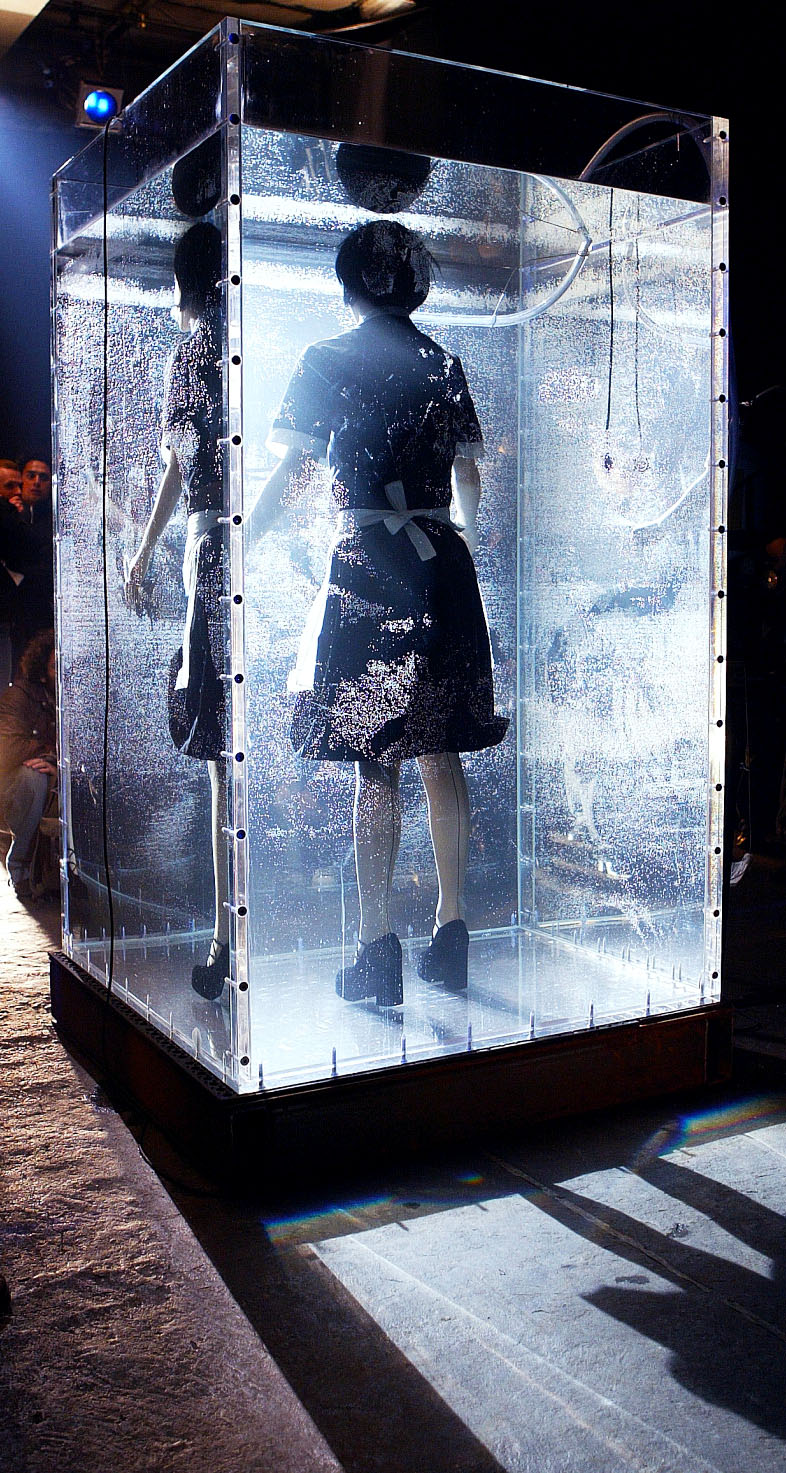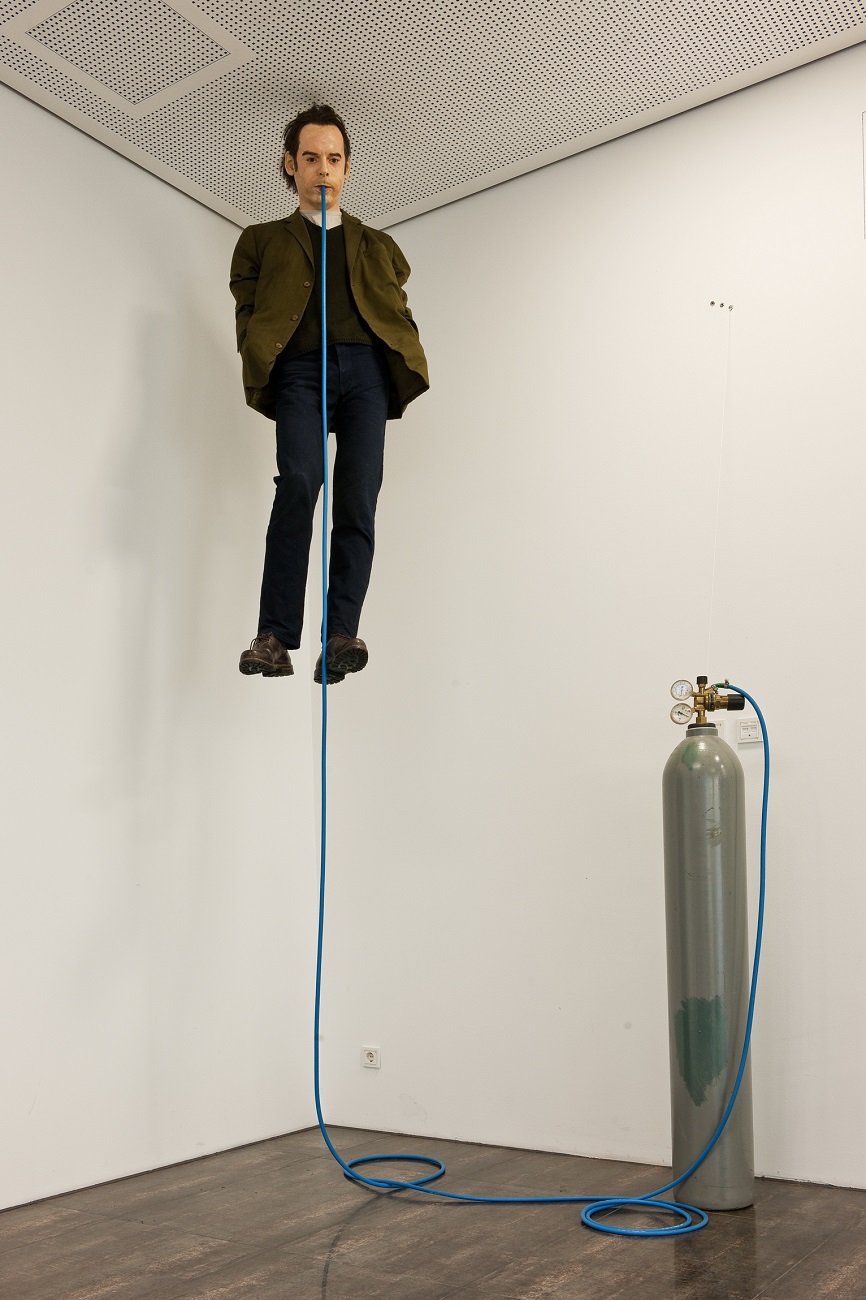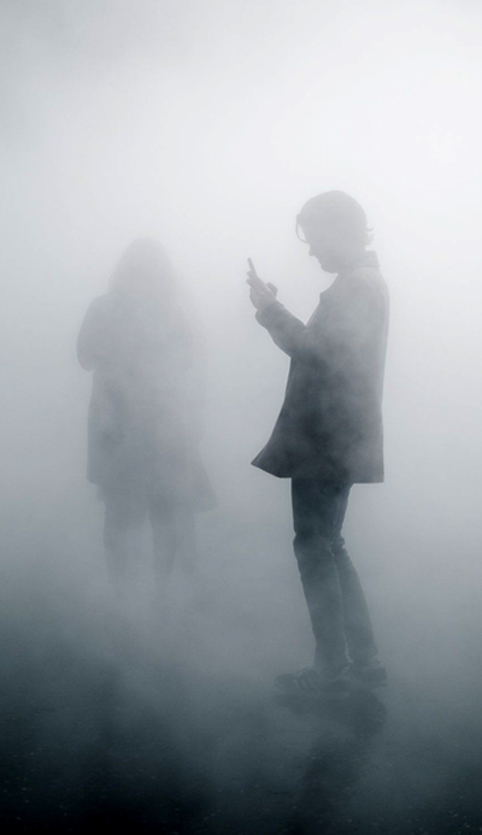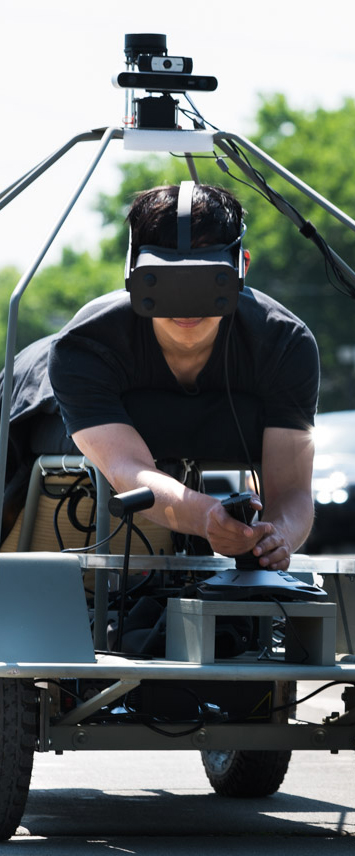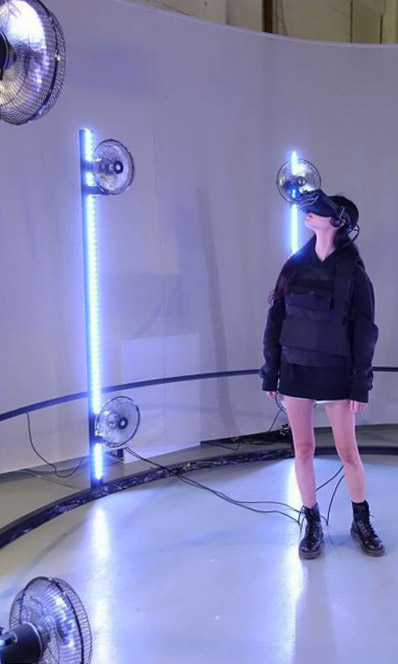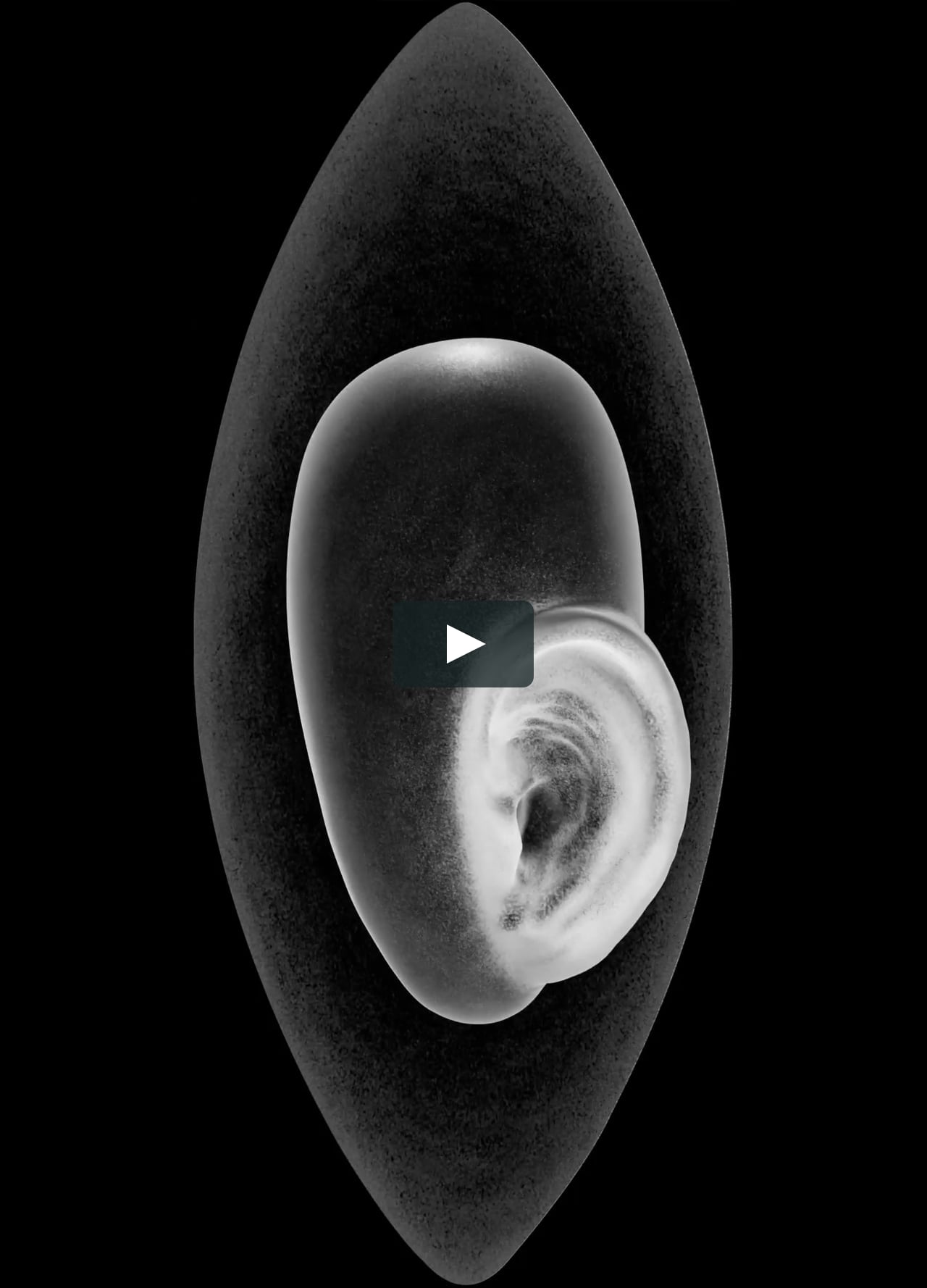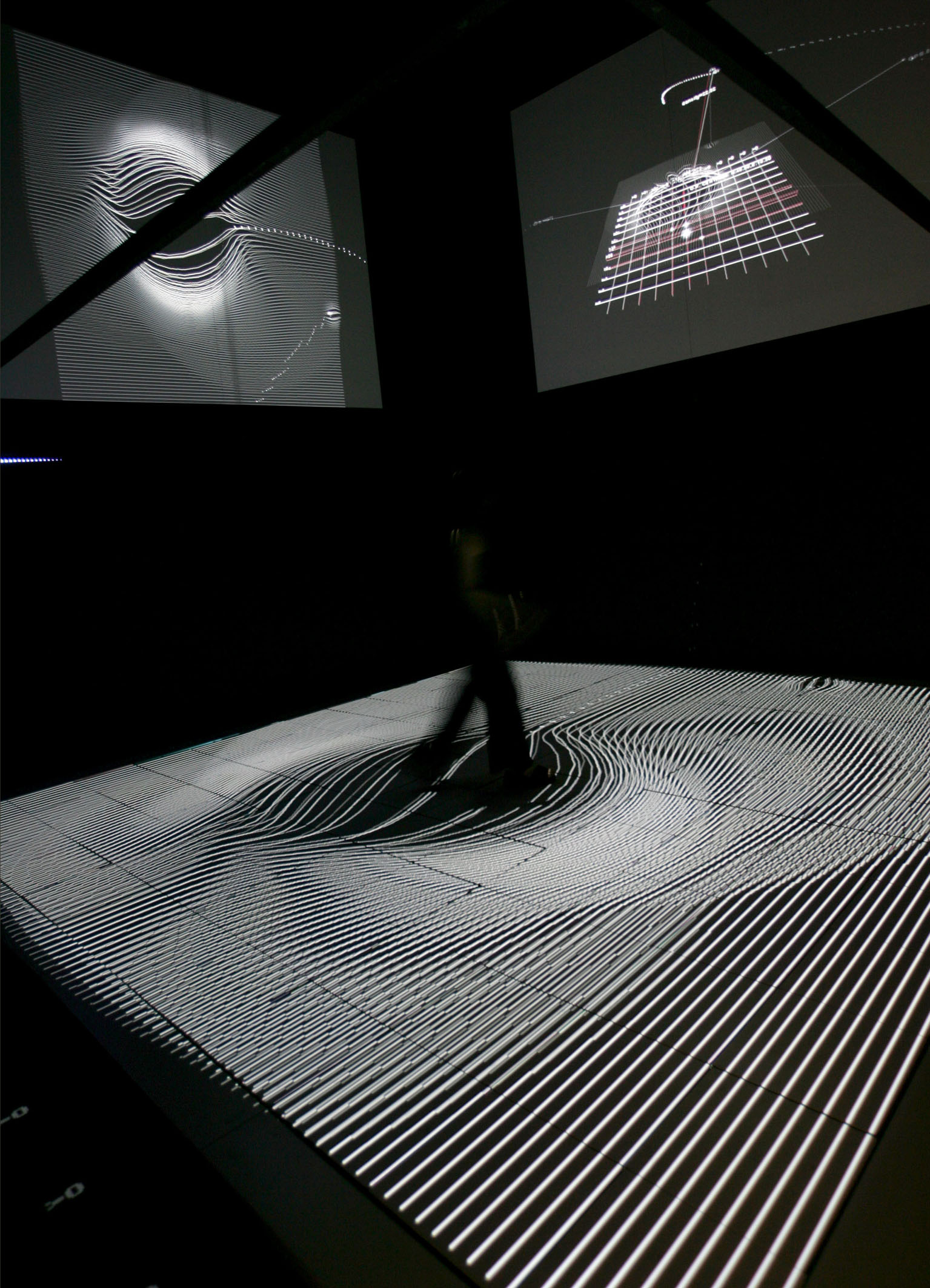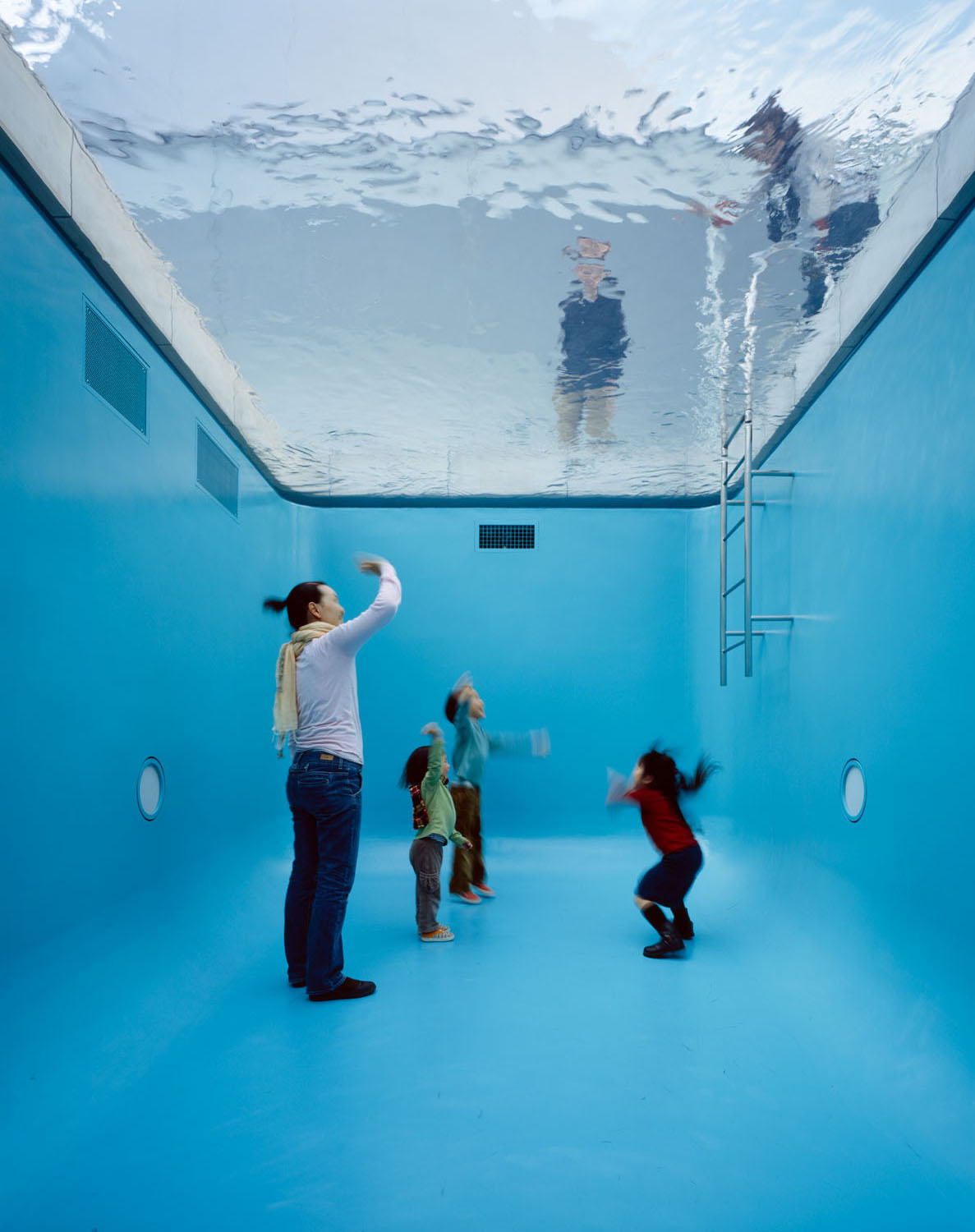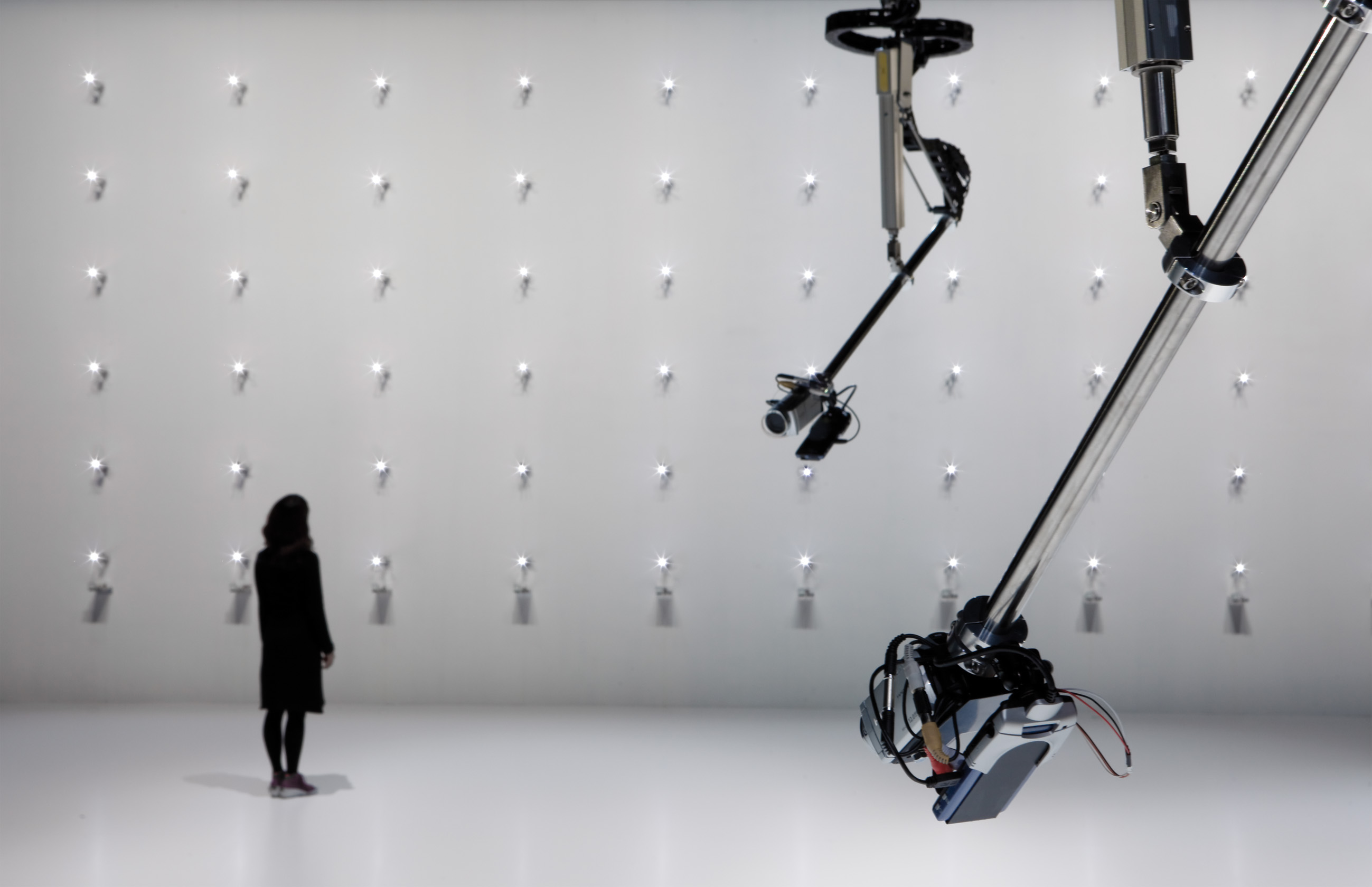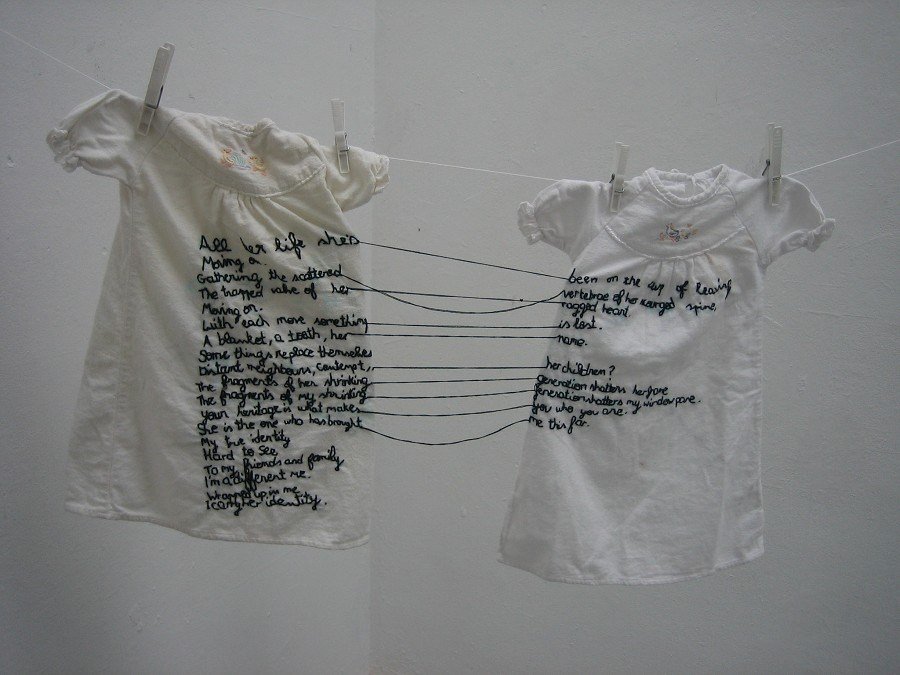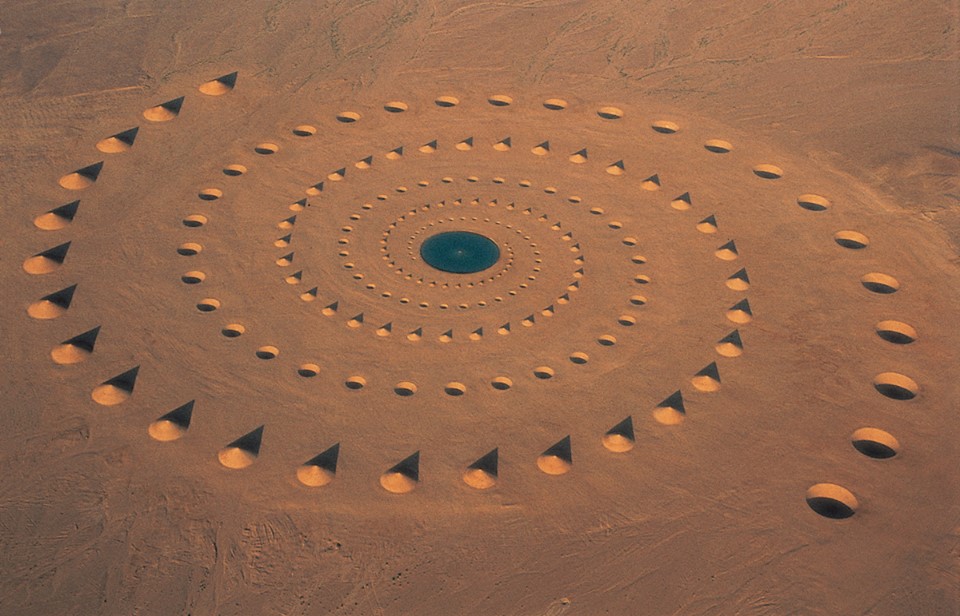
Juri Hwang
Somatic Echo
“Somatic Echo” is an experimental sound art and research project that utilizes bone conducted sound as a method to investigate human audition and create an unusual and mesmerizing aesthetic of the body as a medium of sound. The installation uses a reclining chair and a sound mask to play an 8-channel sound composition through 8 transducers placed on the user’s head: 6 channels in the face and 2 in the back of the head. The transducers transmit sound through the bone structure of the skull directly to the listener’s inner ear, bypassing the outer ears, which normally are the gateway for auditory signals. The listeners experience the soundscape through both their auditory and tactile senses perceiving a sonic image shaped by the sound traveling through the head structure and through vibrations applied to the skin. This set up lets us experience sound through our body and our body through sound.
